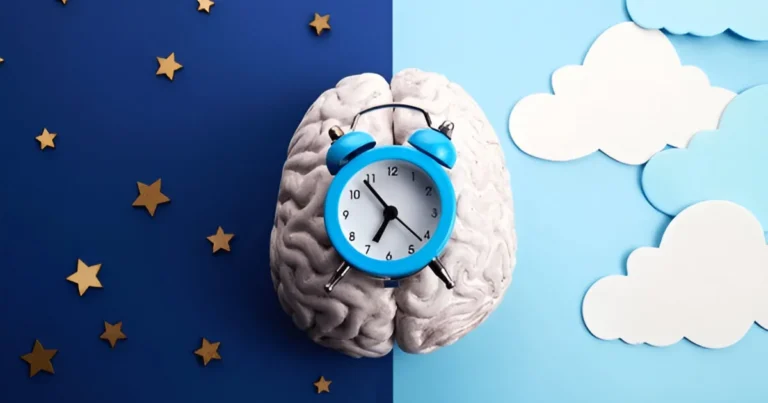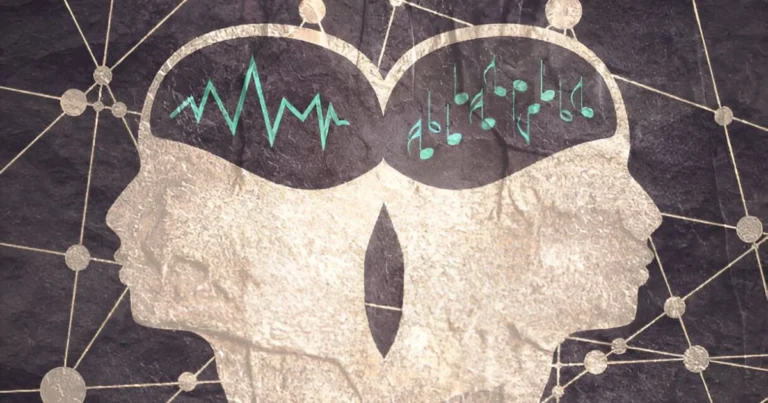The brain under pressure: What running a marathon does to your mind
What if running a marathon didn’t just drain your muscles, but also quietly reshaped the very structure of your brain? At the heart of this transformation lies a subtle but essential player: myelin. This sheath, which insulates nerve fibers, isn’t just responsible for the speed of neural signals, it may also act as an emergency energy reserve. Long thought to be stable in adults, myelin is now emerging as far more dynamic than previously believed. Could it be that, under extreme physical strain, the brain taps into its own insulating material to keep functioning? This is the hypothesis explored by Pedro Ramos-Cabrer’s research team, who set out to answer a long-standing question: beyond the legs, the heart, and the lungs, what happens inside a marathon runner’s brain?
🔗 Read also: The brain’s compass: When the brain misreads the map
A race against exhaustion, right into the brain’s white matter
In a groundbreaking study published in Nature Metabolism in April 2025, the team from the University of the Basque Country revealed how an intense physical challenge like a marathon can reversibly alter the brain’s structure. The focus of their investigation was whether prolonged physical exertion could impact myelin, the lipid-rich sheath that wraps around neuronal axons, ensuring both rapid electrical conduction and metabolic support.
Building on recent research suggesting that myelin might serve as a backup energy source in glucose-deprived conditions, the researchers tested the idea that the brain could dip into its own lipid stores to meet extreme energy demands.
To examine this, they designed a rigorous longitudinal protocol, tracking the same individuals over time rather than comparing separate groups, to capture subtle, individualized brain changes while minimizing inter-subject variability. Ten seasoned amateur runners, selected for their strong fitness levels and marathon experience, participated in the study.
To measure myelin content, the researchers used an advanced MRI technique known as myelin water imaging, which detects the proportion of water trapped between myelin layers, an indirect yet reliable biomarker of myelin integrity. This method allowed them to precisely track how myelin levels shifted in response to physical strain.
🔗 Explore further: Trapped on the couch: The cognitive cost of a sedentary life
The results were striking: running a single marathon led to a significant decrease in the myelin marker across multiple brain regions, specifically in deep white matter areas. The most affected pathways included the corticospinal tract, cerebellar peduncles, pons, and corona radiata, regions critical for motor coordination, proprioception, and sensory integration. In some areas, the reduction reached up to 28%, signaling a substantial, though temporary, structural alteration.
These changes were bilateral, affecting both hemispheres symmetrically, and were not accompanied by any changes in brain volume, cerebrospinal fluid, or overall hydration. This ruled out dehydration or imaging artifacts as alternative explanations.
Remarkably, within two weeks post-race, myelin levels began to recover, and by two months, they had fully returned to baseline, confirming the reversibility of the phenomenon. This temporal pattern suggests that while the brain is capable of recovering, it may resort to depleting parts of its own structure, including the myelin sheath, during periods of intense metabolic stress.
A more malleable brain than we thought
These findings challenge a long-standing belief in neuroscience: that the brain’s white matter remains largely stable in adulthood. The data suggest that myelin, once considered a fixed and immutable infrastructure, may actually be temporarily mobilized under extreme physiological conditions.
In other words, the adult brain is not set in stone. When faced with acute energy shortages, it appears capable of reorganizing its internal resources to maintain function, even if that means entering a mode of internal austerity. The authors describe this process as myelin metabolic plasticity, a previously unrecognized capacity of the brain to repurpose its own components in response to energetic crisis.
In this scenario, myelin becomes a backup fuel source. During glucose scarcity, oligodendrocytes, the cells responsible for producing myelin, could potentially break down the lipids in the sheath to supply themselves and neurons with fatty acids, generating ATP via β-oxidation. Myelin, then, plays an active role in maintaining neuronal homeostasis, helping the brain stay online even at the cost of temporarily compromising its own insulation.
However, this discovery raises as many questions as it answers. If the brain indeed draws on myelin to meet energy demands, what are the functional consequences of this adaptation? Is it cognitively or behaviorally neutral, or could repeated episodes, such as in ultramarathoners, gradually weaken neural networks?
Moreover, how might this mechanism affect individuals with already vulnerable nervous systems, those genetically predisposed to neurodegenerative diseases like amyotrophic lateral sclerosis (ALS), in which motor tracts are among the first to deteriorate?
The authors are careful to acknowledge the study’s limitations. The sample size is small, which constrains how broadly the results can be generalized. Although advanced, the imaging technique used lacks the resolution to detect microstructural changes in gray matter, where myelin is less abundant. Also, the study did not assess cognitive or emotional function, making it impossible to directly link the observed biological changes to psychological or neurological outcomes.
🔗 Discover more: The restorative brain: How nature renews our mind
A brain that trains, and strains
Still, this pioneering work offers valuable insight: the brain is not a passive, isolated organ. It reacts, structurally and metabolically, to prolonged physical effort. In doing so, it’s willing to temporarily alter its own architecture to keep functioning.
This revelation opens a new frontier in our understanding of how exercise, energy metabolism, and neuroplasticity are interconnected. And it’s only the beginning of a deeper exploration into how the brain copes with, and adapts to, the trials of endurance.








